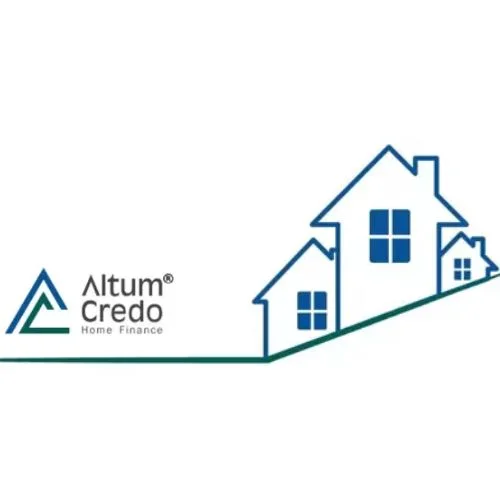Earnings reports from U.S. banks are set to begin, covering the period from April through June, marking the first full quarter of operations following the collapse of Silicon Valley Bank (SVB) in mid-March. Prior to the failure of SVB, which was a top 20 bank at the time, concerns were raised about the potential for a credit crunch that could exacerbate the tightening financial conditions resulting from more than a year of Federal Reserve interest rate increases. However, the economy has not yet experienced a recession.

Overall Credit Trends:
Annual growth in credit provided by U.S. banks has contracted to decade lows and is expected to turn negative soon. The Federal Reserve categorizes overall credit into two main buckets: securities and loans. Securities, including bonds and other assets held on banks’ balance sheets, have declined by over 10% year-over-year, the fastest rate on record. This decline is largely due to the impact of the Fed’s rate hikes, which led to falling bond prices. Loans, which represent 70% of all bank credit, have shown more stability but are also displaying signs of weakness. While growth rates are close to historical averages, they have been declining across all loan categories.
Loan Types:
The Federal Reserve classifies loans into four categories: Commercial & Industrial (C&I), real estate, consumer, and all other. C&I loans experienced only a 3.4% increase near the end of June, down from double-digit growth earlier in the year and the lowest level in a year. On the other hand, consumer borrowing has cooled at a slower pace after peaking in June 2022 and has remained around pre-pandemic levels for the past couple of months. Real estate loans have seen the most sustained growth, benefiting from the housing boom during the pandemic. This category continues to grow at the fastest rate, with an annual increase of 8%.
Consumer Credit:
Within the consumer credit category, the Federal Reserve further divides it into credit cards, auto loans, and all other consumer loans. Bank credit card lending, reaching nearly $1 trillion, is the largest segment. Although its growth rate peaked in October 2022 after two years of strong increases, it has moderated since then. The main drag on consumer lending comes from auto loans, which experienced a negative growth rate of 1% as of the end of June. This is the lowest rate since the Fed started separately tracking auto loans in 2015. Simultaneously, used car prices have plummeted at the fastest pace since the pandemic, with a decline of 4.2% annually, while the cost of new cars has remained stagnant.
Real Estate:
The real estate loan market consists of residential real estate and commercial real estate (CRE). Investors will closely examine U.S. banks’ exposures to CRE as earnings reports roll out. Both residential and commercial real estate loans continue to rise year over year but at a much slower pace. Remote work arrangements for many office workers have reduced demand for office real estate, while residential housing demand has weakened due to high mortgage rates resulting from the Fed’s rate hikes.
Deposits:
During the earnings season, significant attention will be given to bank executives’ comments regarding deposits. The collapse of SVB and two other large U.S. lenders led to a rapid withdrawal of deposits, particularly from small banks, in March. Deposit levels for large banks have been declining for over a year, with the annual growth rate turning negative in October and reaching a steep drop of 6% in April, the sharpest decline ever. Although the declines are stabilizing, there are no signs of a full recovery.
Anticipating Loan Losses:
Banks are preparing for an increase in loan defaults, as loan loss reserves have risen by over $25 billion since June of the previous year. With higher interest rates driving up borrowing costs, banks are bracing for more delinquencies. Overall loan loss allowances are at their highest level in about 12 years, excluding the pandemic period.
In the coming days, as U.S. banks report their second-quarter results, more insights will emerge, providing a clearer understanding of the evolving state of bank credit.














